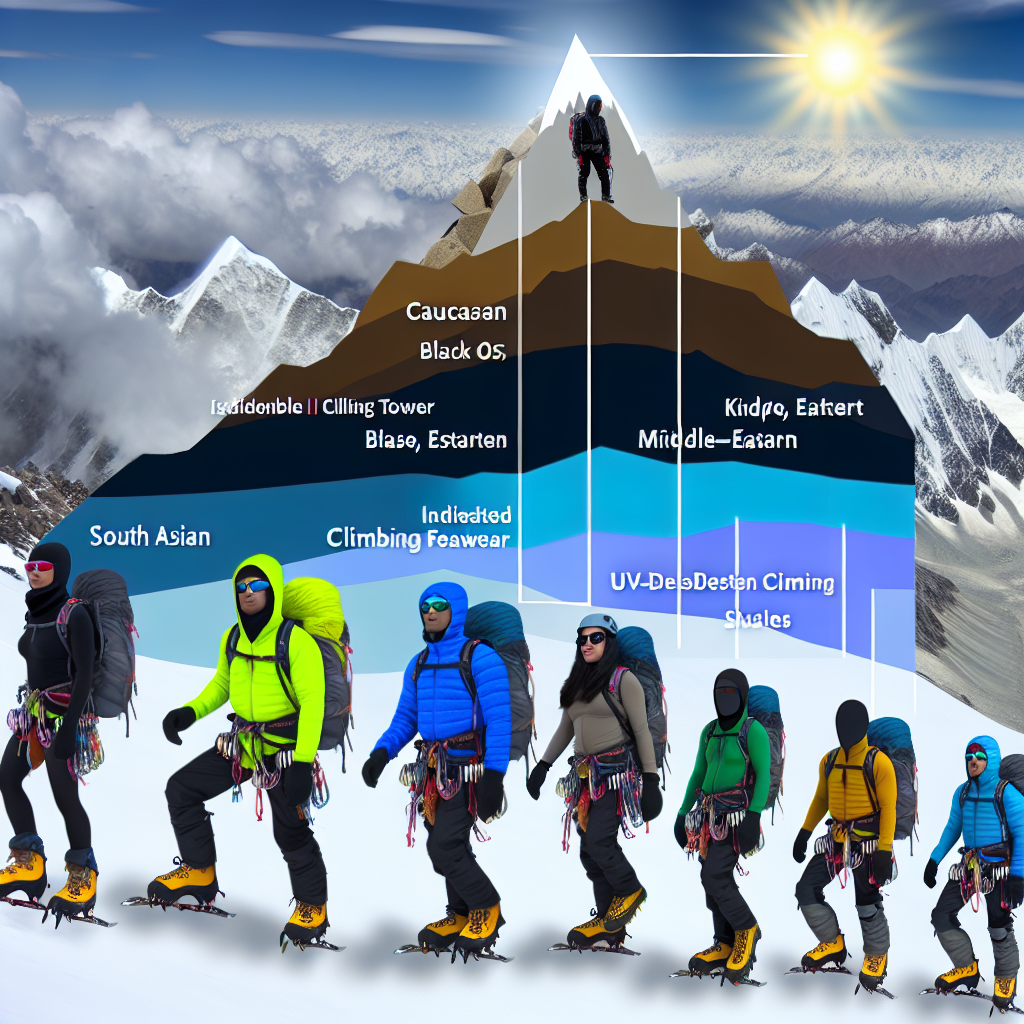Mountain climbing, while a thrilling and rewarding pursuit, demands a unique blend of physical endurance, mental fortitude, and specialized equipment. Among the essentials, mountain climbing clothing plays a critical role in ensuring safety, comfort, and performance. Whether you’re a seasoned alpinist scaling the Himalayas or a novice tackling your first ascent in the Rockies, understanding the intricacies of proper attire can make or break your adventure.
Why Is Mountain Climbing Clothing Crucial?
The primary challenge of mountain climbing is the harsh and unpredictable environment. High altitudes bring sub-zero temperatures, fierce winds, and sudden weather changes. Hence, mountain climbing clothing must provide insulation, protection, and flexibility. Proper clothing can prevent hypothermia, frostbite, and other altitude-related ailments.
The Layering Principle: How Does It Work?
One of the cornerstones of dressing for mountaineering is layering. This technique involves wearing multiple layers that can be added or removed based on the weather and activity level.
Base Layer: Regulate Moisture
The base layer is your first line of defense against the cold. This layer should be made of moisture-wicking fabrics like merino wool or synthetic materials. Its primary function is to keep sweat away from your skin, thereby keeping you dry and warm.
Middle Layer: Insulate
The middle layer provides insulation, retaining body heat to keep you warm. Fleece and down jackets are popular choices. While fleece is breathable and maintains warmth even when wet, down offers superior insulation but might lose its efficiency in damp conditions.
Outer Layer: Shield
The outer layer protects you from wind, rain, and snow. Waterproof and windproof jackets and pants made from Gore-Tex or similar fabrics are highly recommended. These materials are both breathable and durable, making them ideal for harsh mountain environments.
Essential Mountain Climbing Clothing Items
Apart from the three-layer system, several specific clothing items are crucial for a safe and comfortable climb.
Headgear
Your head is one of the most vulnerable parts when exposed to cold temperatures. A thermal beanie or balaclava can provide the necessary warmth. In addition, a climbing helmet is indispensable for protection against falling rocks and other hazards.
Gloves
Hands are particularly susceptible to cold, and frostbite can be a serious risk. Layered gloves—liner gloves under insulated gloves or mittens—offer flexibility, warmth, and protection. Make sure the outer gloves are waterproof.
Footwear
Proper footwear is perhaps one of the most critical components of mountain climbing clothing. Insulated, waterproof climbing boots are essential. Look for boots with good ankle support, crampon compatibility, and adequate insulation.
Socks
Layered socks can help regulate temperature and prevent blisters. A thin liner sock under a thicker wool sock is a common combination. Avoid cotton, as it retains moisture and can lead to cold feet.
Eye Protection
Snow blindness is a genuine threat at high altitudes. UV-protective sunglasses or glacier glasses with side shields can protect your eyes from intense sunlight and glare.
Adapting Clothing to Different Conditions
Mountain climbing clothing needs to be adaptable to varying conditions. Here are some scenarios and how to adjust your clothing:
Extreme Cold
In extremely cold conditions, adding an extra middle layer is advisable. Down pants and jackets can provide additional insulation. Make sure all extremities—hands, feet, and the face—are well protected.
Wet Conditions
In wet and snowy conditions, waterproof gear becomes even more critical. Ensure all zippers are sealed and consider gaiters to prevent snow from entering your boots.
Sunny and Windy
On sunny but windy days, the outer layer’s windproof features become vital. Lightweight, breathable clothing can prevent overheating while still offering protection from wind chill.
What About Sustainability and Fashion?
While functionality and safety are the priorities in mountain climbing clothing, sustainability is gaining traction. Many brands are now focusing on ethical production, using recycled materials, and minimizing environmental impact.
Fashion may seem secondary in extreme sports, but it can enhance your experience. Bright colors improve visibility in snowy landscapes, and stylish designs can boost morale. However, never compromise functionality for looks.
Conclusion
Understanding the importance of mountain climbing clothing and making informed choices can significantly affect your climbing experience. The right clothing will not only keep you comfortable and safe but also empower you to push your limits and conquer new peaks. So, layer up wisely, choose quality equipment, and embark on your next mountain adventure with confidence. Whether you’re battling extreme cold, windy ridges, or unexpected downpours, being prepared with the right attire will ensure you tackle every challenge that comes your way. Happy climbing!




